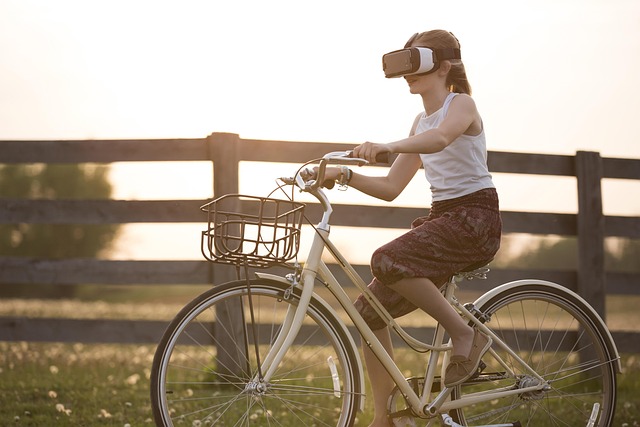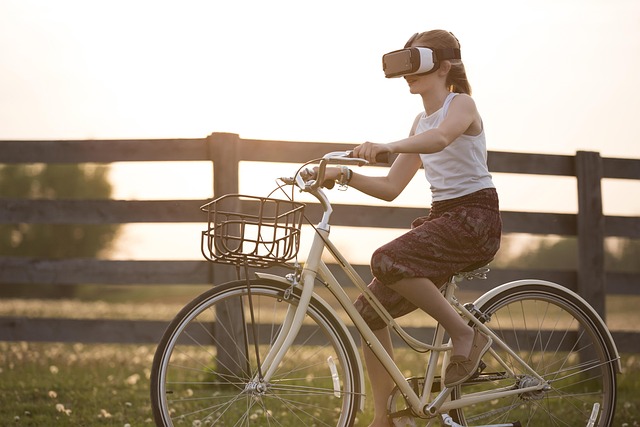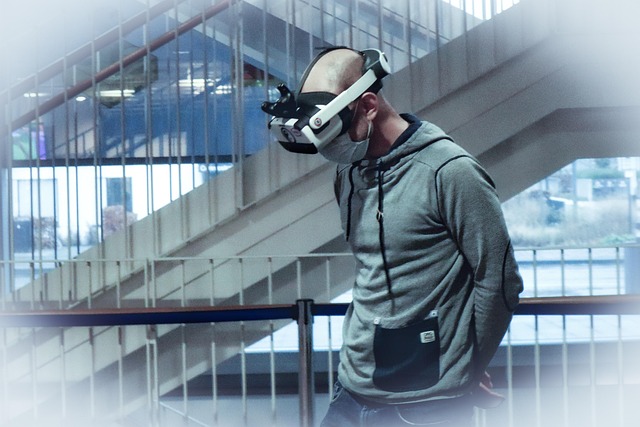Exploring the Future: Interacting in Virtual Public Spaces
Imagine stepping into a world where the boundaries between physical and digital dissolve—where interactions don’t just rely on text or voice but unfold in immersive, dynamic environments shared by countless others. This is the promise that virtual public spaces hold for the future of human connection and interaction.
At the heart of these evolving spaces are technologies such as virtual reality (VR) and augmented reality (AR). Virtual reality transports us completely into digital realms, allowing us to explore intricate, detailed environments where we can meet, collaborate, and socialize as if we were physically together. The sense of presence in VR is uncanny—avatars become extensions of ourselves, and digital landscapes can spark genuine emotional responses.
Augmented reality, on the other hand, enriches our physical surroundings by layering digital information and experiences over the world we inhabit. Imagine walking through a city park and seeing art installations only visible through your AR headset, or attending a public workshop where presenters and participants are connected through shared AR visuals, bridging real-world presence and digital engagement.
The concept of the metaversum—a shared, persistent, virtual universe composed of interconnected virtual public spaces—is rapidly gaining traction as a next step in digital social interaction. Unlike isolated apps or games, the metaversum aims to be a seamless, continuous world where users can explore multiple environments, take part in events, shop, learn, or create content all within a unified ecosystem.
For many, the appeal of virtual public spaces lies in their ability to overcome geographical and physical limitations. Families separated by distance can reunite at a virtual park bench, colleagues can brainstorm ideas in virtual offices situated on fantastical islands, and communities can gather for events, conferences, or celebrations without concern for travel or accessibility barriers.
Yet, these innovations bring new challenges and exciting opportunities around how we interact not just with technology, but with each other. The design of these spaces shapes behaviors and social dynamics, requiring thoughtful consideration of privacy, identity, and inclusivity. The way we communicate—through gestures, voice tone, or avatar appearance—gains new layers of importance for authentic connection.
As virtual public spaces evolve, they invite us to reimagine community itself. Here, the lines between the digital and the physical blur, opening up unprecedented avenues to connect, collaborate, and create together. Whether through VR headsets immersing us in fully imagined worlds, AR gadgets enhancing our real-world experience, or the expansive metaversum drawing diverse virtual neighborhoods into one interconnected society, the future of interaction is waiting to be shaped by all of us.




